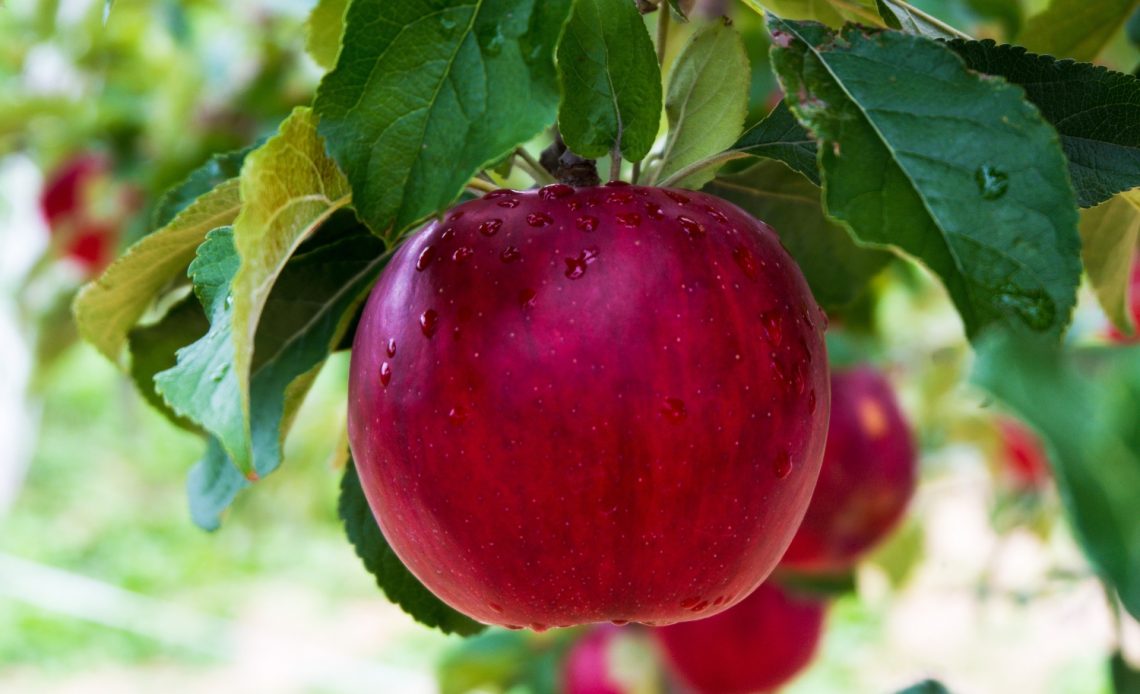

We’re here to help! Wild Yards is a completely free website that is 100% dedicated to helping you create a wildlife-friendly, sustainable yard. Read more
WildYards is reader-supported. When you buy a product through a link on our site, we may earn a comission. Every product is independently selected by our (obsessive) editors and our reviews are unbiased and objective. Read more about our mission or our privacy policy.
When it comes to fruit trees, apples are among the easiest to grow. These plants are very forgiving of rookie mistakes, and their self-sufficiency makes them popular with more advanced gardeners, too. But, as easy as apple trees are to care for, they can still run into a few problems. One of the most common issues is apple tree leaves turning yellow. But what causes an apple tree’s foliage to yellow, and, most importantly, what can you do to restore the tree’s health?
Apple leaves naturally turn yellow in fall as the tree prepares to shed them ahead of its winter dormancy. But nutrient deficiencies, insect infestations, and insufficient water intake can also cause apple leaves to turn yellow. Knowing why your apple tree’s leaves are turning yellow allows you to create a successful treatment plan.
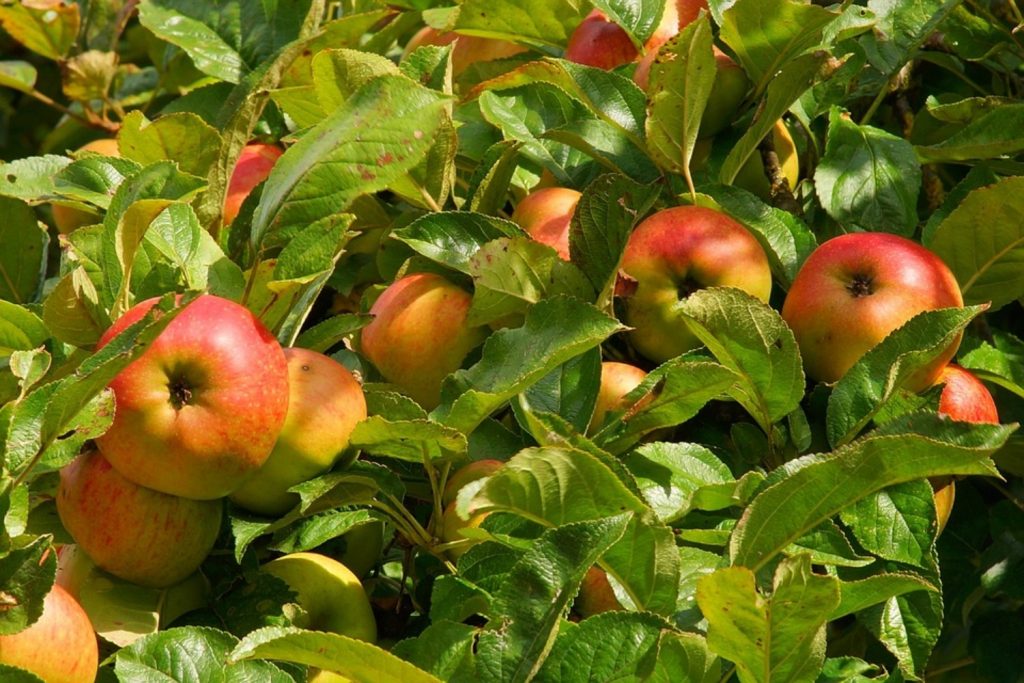
What causes apple leaves to turn yellow?
If your apple tree’s once-vibrant foliage has become yellow and anemic-looking, there could be something wrong. It’s time to take a closer look at the plant to determine what the underlying cause could be. Here are a few of the most common reasons why apple tree leaves turn yellow.
Seasonal changes
If your apple trees budded out nice and healthy in the spring, blossomed and produced as normal, and are turning yellow now that it’s the end of the season, then there’s nothing to worry about. Apple trees are deciduous, meaning they drop their leaves every autumn and go dormant over the winter. It’s perfectly normal.
Beginning in autumn, apple tree leaves turn yellow and brown before falling off. Because trees are dormant during the winter months, they don’t grow. So the trees drop their leaves to conserve water and nutrients. Once the weather warms up in spring, the fruit trees leaf out again, and the process starts all over.
The solution:
If your apple tree leaves are turning yellow due to seasonal changes, then there’s nothing you can do — or should do — to try to stop it. Deciduous trees lose their leaves in winter as part of their natural life cycle. So there’s no need to fertilize the tree or spray it with insecticides to try to restore foliage color. Instead, you can provide supportive care for your apple tree by watering it throughout the winter whenever its soil feels dry, and by applying a thick layer of mulch around the roots to help insulate the soil.
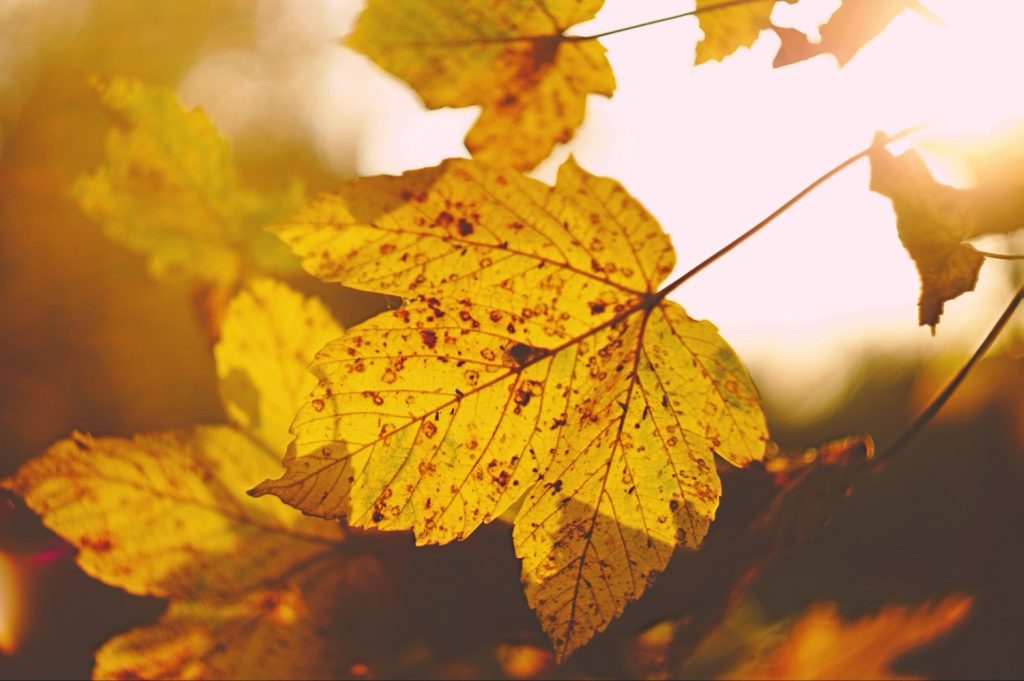
Nutritional deficiencies
If your apple tree’s leaves are turning yellow, but it’s not due to the changing seasons, the next most likely cause is a nutritional deficiency. Low nitrogen levels, in particular, can cause leaves to turn yellow. Nitrogen plays a critical role in plant health, enabling plants to turn sunlight into energy. Without adequate levels of this important mineral, plants are unable to photosynthesize properly, and the result is yellowing foliage. Molybdenum, zinc, potassium, magnesium, and iron deficiencies can also contribute to yellowing foliage.
The solution:
First things first — test your soil. This will help you gain a better understanding of what’s going on underground. Once you’ve identified which minerals your soil is missing, you can amend it to help your apple tree turn green again. If your apple tree is suffering from a nutritional deficiency, the only thing that will improve its health is restoring levels of that nutrient. Manure, homemade compost, and blood meal can be used to improve low nitrogen levels. But if your soil has more than one nutritional deficiency going on, consider applying an all-purpose fertilizer to cover all of your plant’s nutritional bases.
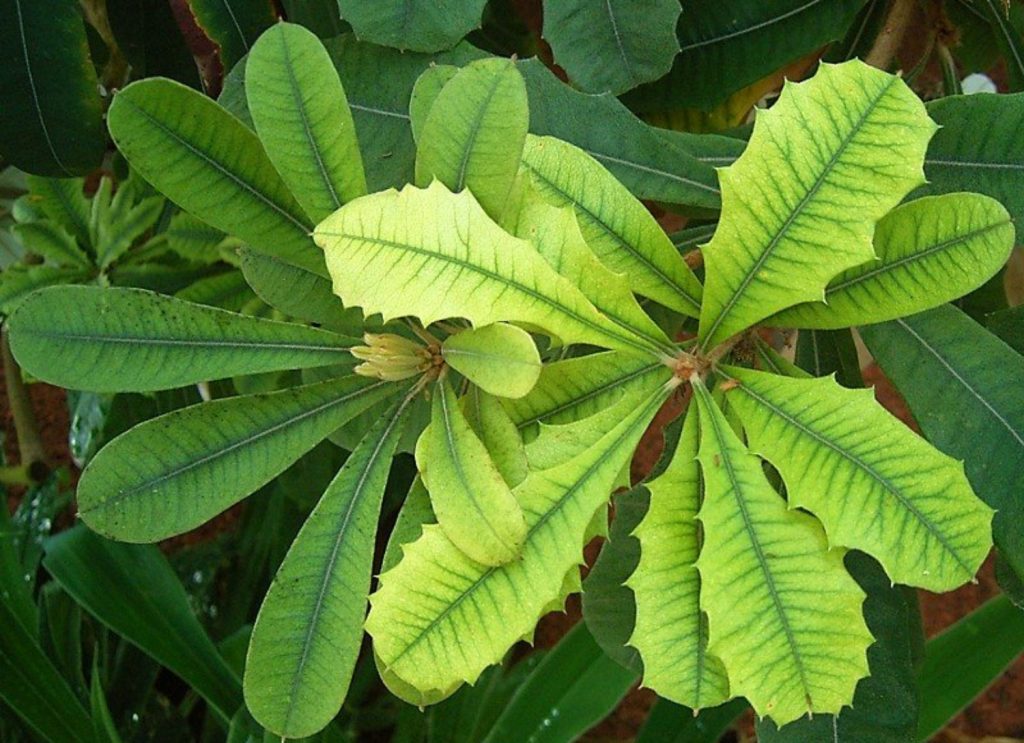
Inappropriate soil pH
Apple trees grow best in well-draining loamy soils that are chock full of decaying organic materials. Loose, well-aerated soils give the tree roots room to stretch out and breathe. Apple trees also prefer to be planted in acidic soil with a pH of 5.0 to 6.8. Any higher or lower than this range may affect the way the tree uses the nutrients in the soil.
If the soil in your backyard is too acidic or too alkaline, this will soon spell trouble for your apple trees. If your apple trees have been underperforming for the past few seasons, or if they’ve never truly thrived since you planted them, you’re most likely looking at a pH issue.
The solution:
If the soil in your garden is too acidic for your apple tree’s liking, amend it with some wood ash. This alkaline substance will raise the soil pH to a more comfortable range for your apple tree. Conversely, if your soil is too alkaline for your apple tree to grow well, then try adding peat moss. As this organic material breaks down, it will reduce the soil’s pH by a few points, making it more appropriate for your apple tree.
If all else fails, you can always transplant your apple tree to a pot. Like Myer lemon trees, apple trees grow very well in pots. Growing your apple tree in a pot allows you to control the soil pH more effectively. It also makes fertilizing the tree and meeting its water requirements much easier.
Insect infestations
Caterpillars, moths, aphids, spider mites, and leaf-curling midges are common apple tree leaf pests. These insects feed on the tree’s foliage, resulting in a multitude of issues. Leaves may turn yellow or black, or they may develop brown discolorations and curl. It’s not uncommon for plants to lose leaves if they’re infested with insects, too.
Some insects are happy to eat the apple tree’s leaves and leave the rest of the plant alone. But other insects will eat the blossoms and the apples, too. If your apple tree’s leaves are turning yellow, inspect the foliage carefully for insects. They could be the cause of the problem.
The solution:
There are a number of things that you can do to rid your apple trees of insects. Start by mixing up a homemade insecticide spray and spraying it on the foliage liberally. Diatomaceous earth is another option that works incredibly well for killing bugs. Unfortunately, diatomaceous earth also kills beneficial insects, like bees and butterflies. So don’t apply diatomaceous earth during the apple tree’s blooming period to avoid harming these bugs. Always wear long sleeves, long pants, a mask, and goggles when applying an insecticide, no matter which one you choose.
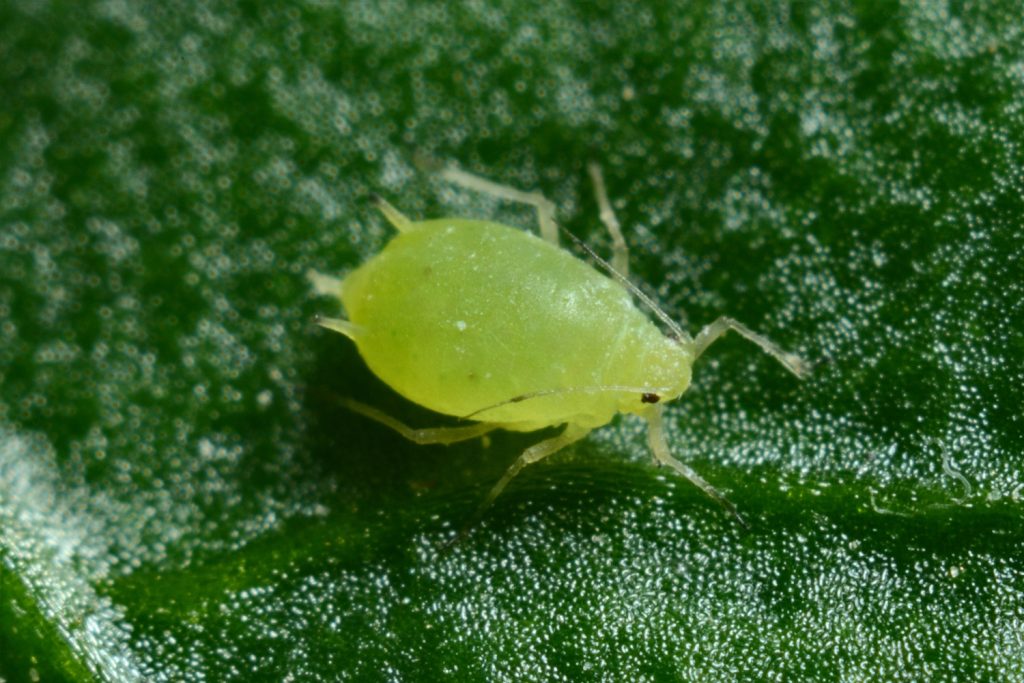
Too much water
Apple trees grow best in loose soil that’s porous and drains well. If an apple tree is planted in soil that has high clay content, the ground may become saturated with water more easily, causing the roots to suffocate. Plants can’t function properly due to the lack of oxygen, so the leaves turn yellow and fall off. The longer the soil stays moist, the more leaves will be affected.
Even if your region’s soil doesn’t have much clay in it, heavy foot traffic in the area around your apple tree can cause the ground to become compacted over time. While compacted soils cause most water to run off, when they do become saturated, it takes a long time for the water to evaporate.
The solution:
Scale back on the watering. Allow the apple tree’s soil to dry out thoroughly in between waterings to give it a chance to breathe. If you haven’t been watering, but your region has been experiencing excessive rainfall, then consider digging a ditch, if necessary, to prevent water from pooling around the base of the tree. Amending the soil with a sand-rich, porous potting mixture, such as that used to grow dragon fruit, will help water escape faster, allowing oxygen to reach the roots. Finally, if the soil has become compacted due to foot traffic, aerate the soil with lawn aerator shoes once a month.
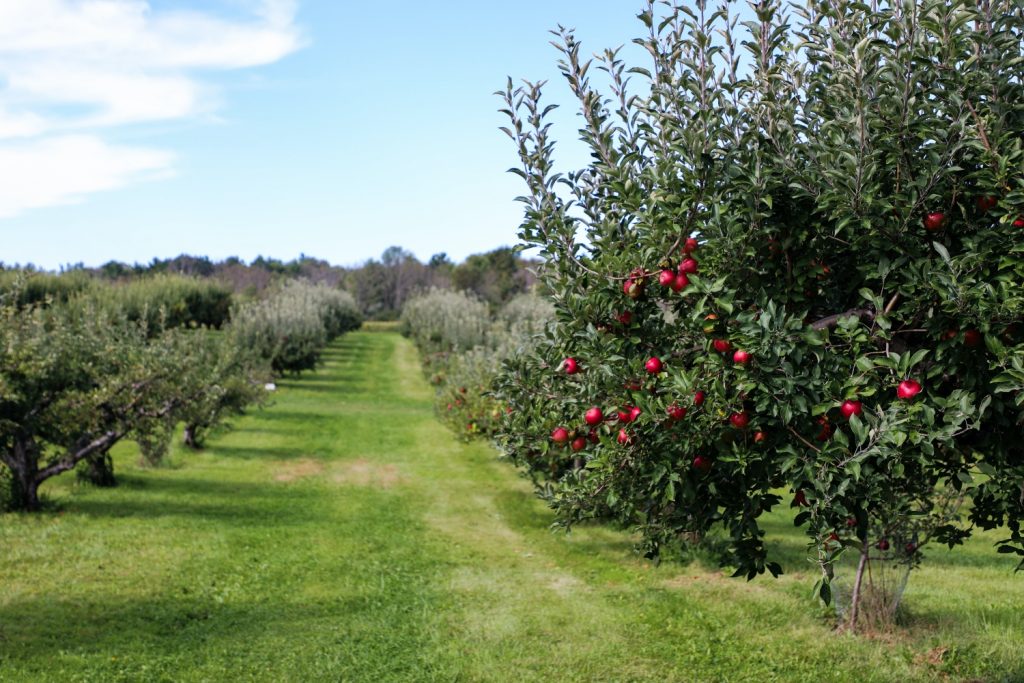
Lack of water
When apple trees don’t get enough water, their leaves may turn yellow and fall off. Poor hydration causes plants to lose their foliage in an attempt to hold onto more moisture. It’s not uncommon for apple trees to develop yellow foliage during dry spells, usually in mid to late summer. Apple trees that are growing in pots may also develop yellow leaves due to a lack of water — and, if they do so often, that’s a good sign that it’s time to move the tree to a larger pot.
The solution:
Water the tree more often, and make sure to water it deeply. Depending on the tree’s size and your region’s rainfall status, you may need to leave the water hose running on the tree for 10 minutes or more. Be sure to give your tree a soaking watering once a week — more often if your region is going through a drought, and less often during the rainy season.
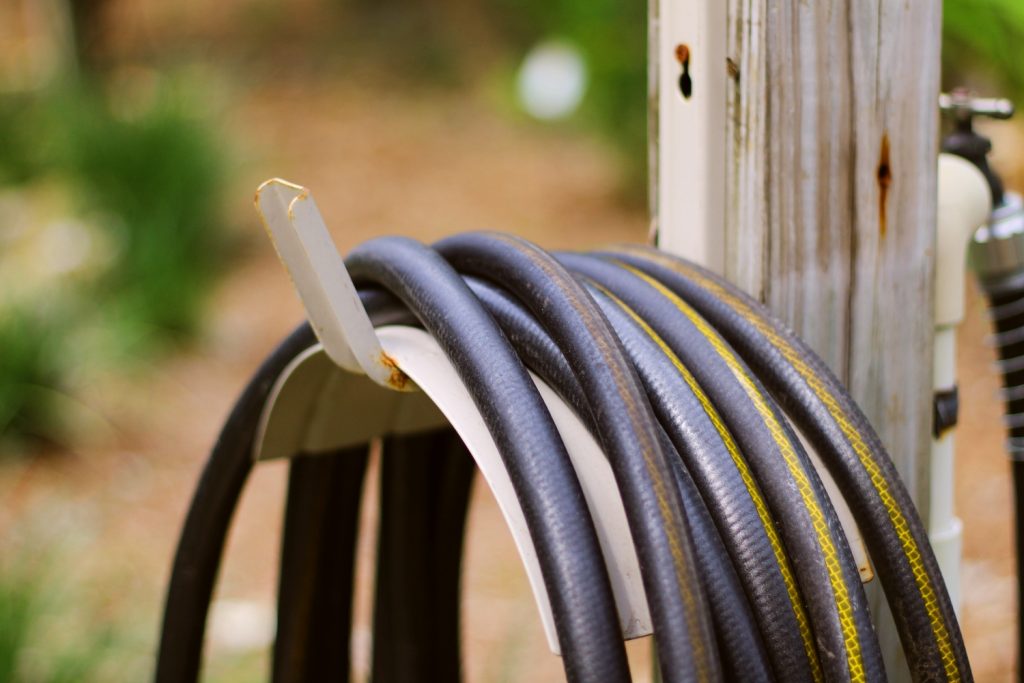
What else can you do to prevent apple tree leaves from turning yellow?
The best way to ensure an apple tree’s foliage stays nice and green is to meet all of its growing requirements. In addition to acidic, well-draining soil, the plants should be kept in full sun. Apple trees need at least 6 hours of sunlight every day to stay healthy.
By assessing the plant regularly and understanding the cause behind its yellowing foliage, you can help your apple trees get back on track.
